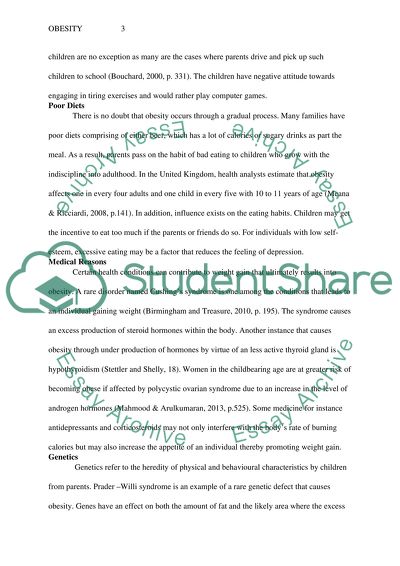Cite this document
(“An analysis of obesity Essay Example | Topics and Well Written Essays - 2500 words”, n.d.)
Retrieved from https://studentshare.org/social-science/1688735-an-analysis-of-obesity
Retrieved from https://studentshare.org/social-science/1688735-an-analysis-of-obesity
(An Analysis of Obesity Essay Example | Topics and Well Written Essays - 2500 Words)
https://studentshare.org/social-science/1688735-an-analysis-of-obesity.
https://studentshare.org/social-science/1688735-an-analysis-of-obesity.
“An Analysis of Obesity Essay Example | Topics and Well Written Essays - 2500 Words”, n.d. https://studentshare.org/social-science/1688735-an-analysis-of-obesity.


